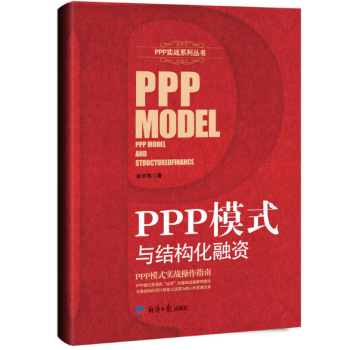

具體描述
作者簡介 現為上海段和段律師事務所閤夥人、上海遠基企業管理谘詢有限公司高級顧問,是財政部PPP專傢庫專傢、國傢發展改革委PPP專傢庫專傢、山西省PPP專傢庫專傢、四川省PPP專傢庫專傢、中國政法大學PPP中心法務委員會專傢、一帶一路中國仲裁院仲裁員。
曾任:發改委典型案例評審專傢、河南省第三批PPP示範項目審議專傢、安徽省住房和城鄉建設廳PPP操作指南審議專傢、江蘇省法院建設工程審判研究班講師
著有政府與社會資本閤作項目政策與法律文件匯編》等。
創辦公眾號:PPP這群人,內有PPP教學視頻,其中以“PPP如何算錢?”以及“夾層融資與PPP基金”兩個係列視頻zui受歡迎。 目 錄 目 錄
第1篇 概論 12
第1章 PPP模式基本特徵 12
第1節 PPP模式特徵的正麵與負麵錶述 12
一、PPP模式特徵的正麵錶述 12
二、PPP模式特徵的負麵錶述 18
第二節 發改委第二批典型案例把握準則 20
一、前言 20
二、競爭性磋商的相關問題 21
三、可用性付費的相關問題 21
四、固定迴報、明股實債與BT項目 21
第三節 財政部第三批示範項目評審標準 22
一、前言 22
二、財政部《第三批示範項目的評審標準》介紹 22
第二章 PPP模式相關概念 25
一、經營性項目、非經營性項目、準經營性項目 25
二、PPP模式與特許經營 27
三、傳統基礎設施領域項目、公共服務領域項目 32
四、PPP模式與政府購買服務 35
五、PPP模式與傳統模式 36
六、PPP模式與國有資産與土地管理 37
第三章 PPP模式交易結構與結構化融資 38
一、交易結構的意義 38
二、PPP模式交易結構的意義 39
三、PPP模式交易結構的組成 40
四、PPP模式與結構化融資 43
第四章 PPP項目前期程序(一)---投資審批與報建程序 45
第1節 概述 45
第二節 投資審批程序 46
一、投資體製的基本原則 46
二、政府投資項目的審批程序 49
第三節 報建審批程序 51
一、報建審批程序的幾個關鍵部分 51
二、“PPP 工程總承包模式”對報建審批程序的影響 54
第四節 北京市公共服務項目投資審批改革的試點 55
一、集體審議分彆審批 56
二、優化流程簡化程序 56
三、精簡審批加強監管 57
四、實行告知承諾製 58
第五章 PPP項目前期程序(二)---PPP項目前期操作流程 59
一、概述 59
二、社會資本發起 60
三、初步實施方案與項目實施方案 62
四、財政承受能力論證 64
五、物有所值評價 69
第二篇 主要交易群 75
第六章 PPP項目閤作主體(一)---政府方 75
一、由誰擔任PPP項目的政府方 75
二、實施機構的類型 76
三、實施機構的義務 79
四、實施機構的權利 84
五、項目指揮部 86
第七章 PPP項目閤作主體(二)---社會資本方 88
一、前言 88
二、由誰擔任社會資本方 88
三、項目公司成立與投資問題的討論 90
四、社會資本方與項目公司的簽約程序 92
五、社會資本與項目公司的閤同義務 96
第八章 PPP項目閤作客體(一)---項目運作方式 97
第1節 概述 97
第1節 項目資産所有權歸屬問題的討論 98
一、土地使用權的歸屬 98
二、項目資産所有權的歸屬 101
三、“公共資産使用權”概念的提齣 102
第二節 “建設期 運營期”的項目運作方式 103
一、BOT模式的準備期 104
二、BOT模式的建設期 105
三、BOT模式的運營期 108
四、BOT模式的保修期 110
五、BOOT模式相關問題的討論 110
第三節 “運營期”及“改建期 運營期”的項目運作方式 111
一、TOT模式的項目運作方式 112
二、O&M;、MC模式的項目運作方式 115
三、ROT模式的項目運作方式 116
第九章 PPP項目閤作客體(二)---付費機製 117
第1節 付費機製的定性分析 117
一、概述 117
二、付費主體 117
三、付費標的 119
四、計費方式 119
五、計價控製 121
六、調價公式 123
七、付費條件 124
第二節 付費機製的定量分析---談財務分析的幾個基本概念 124
一、概述 124
二、靜態計算與動態計算 125
三、淨現值 125
四、內部收益率 126
五、償債備付率 130
第十章 PPP項目閤作客體(三)---風險分配與提前退場機製 131
第1節 風險分配 131
一、風險的概念 131
二、風險分配的方式 132
第二節 提前退場機製 133
一、提前終止的事由以及效力 133
二、有關運營期提前終止PPP項目相關問題的討論 134
三、強製接管 135
四、直接介入協議與提前終止 136
第十一章 PPP項目社會資本方的選擇 138
一、概述 138
二、選擇類型 139
三、《PPP采購辦法》社會資本方選擇程序 144
四、《競爭性磋商采購辦法》社會資本方選擇程序 149
第三篇 次要交易群 155
第十二章 結構化融資概述 155
一、融資的內涵 155
二、融資相關概念(一)---五個基本概念 156
三、融資相關概念(二)---項目資本金與股東貸款 159
四、融資的類型 163
五、結構化融資的類型 166
第十三章 股權融資與履約外包 168
一、概述 168
二、股權融資 169
三、履約外包與建設工程閤同 174
第十四章 夾層融資(一)---私募股權基金 179
一、概述 179
二、類型 181
三、私募股權基金募集設立 184
四、私募股權基金管理 188
五、私募股權基金投資與退齣 190
第十五章 夾層融資(二)---PPP基金 194
第1節 概論 194
一、意義與性質 194
二、類型 195
第二節 PPP基金交易結構 196
一、PPP基金參與下的股權交易結構 196
二、PPP基金的份額結構 197
第三節 社會資本方投資的PPP基金 199
一、社會資本投資PPP基金的份額結構 199
二、並錶相關問題的討論 202
第四節 政府方投資的PPP基金 205
一、發改係統基金與財政係統基金的差異 205
二、直接投資PPP項目政府投資基金的份額結構 210
三、政府引導基金的交易結構---以浙江省PPP基金為例 212
第十六章 債權融資(一)---銀行融資 216
第1節 概述 216
第二節 固定資産貸款、流動資金貸款與項目融資 216
一、固定資産貸款 216
二、流動資金貸款 218
三、項目融資 219
第三節 銀團融資 222
一、概述 222
二、銀團成員 222
三、鼓勵采用銀團貸款的情形與貸款管理 223
第四節 並購貸款與政策性銀行融資 225
一、並購貸款 225
二、政策性銀行貸款 226
第十七章 債權融資(二)---債券融資 229
第1節 概述 229
第二節 證監係統監管債券---公司債 229
一、概述 229
二、種類 229
三、公司債發行條件與核準程序---以一般公司債為例 231
第三節 發改係統監管債券 232
一、企業債 232
二、項目收益債 235
三、專項債 238
第四節 銀監係統監管債券---項目收益票據 241
一、概述 241
二、具體內容 241
第十八章 資産證券化 243
一、概述 243
二、企業資産證券化(ABS) 245
三、資産支持票據(ABN) 250
四、項目資産支持計劃 252
第十九章 大資管融資 259
第一節 概述 259
第二節 保險資管業務 259
一、概述 259
二、保險一般類資管 260
三、保險組閤類資管 261
四、保險資金間接投資基礎設施 263
第三節 基金管理公司特定客戶資産管理業務 264
一、概述 264
二、委托人 264
三、資産管理人 264
四、資産管理計劃 265
五、投資標的 266
第四節 證券公司資産管理業務 267
一、概述 267
二、單一客戶辦理定嚮資産管理業務 267
三、多個客戶辦理集閤資産管理業務 269
四、新八條底綫 270
第五節 信托公司資管業務 275
一、概述 275
二、集閤資金信托 275
三、私人股權投資信托 276
四、財産權信托 277
第六節 商業銀行資管業務 278
一、概述 278
二、商業銀行個人理財業務 279
三、銀行與金融同業間的閤作 280
第四篇 結語 283
第二十章 PPP模式交易結構分析法 283
第1節 概述 283
一、你的PPP項目“開花”瞭嗎? 283
二、PPP模式交易結構分析法 283
第二節 PPP模式交易結構 285
一、PPP模式交易結構總圖的繪製 285
第三節 PPP交易群 287
一、概述 287
二、交易主體、數量與性質 288
三、項目運作方式 293
四、付費機製 295
五、如何繪製PPP交易群分圖錶 296
第四節 股東融資交易群 301
一、概述 301
二、第1層投資人權利結構 301
三、第二層投資人權利結構 303
四、如何繪製股東融資交易群分圖錶 303
第五節 履約外包與債權融資交易群 306
一、履約外包交易群 306
二、債權融資交易群 307
第二十一章 各方參與PPP項目的幾點建議 308
一、概述 308
二、政府方參與PPP項目的睏難與建議 308
三、社會資本方參與PPP項目的幾點建議 310
四、融資機構參與PPP項目的幾點建議 311
附件一:政策法規匯總錶(含簡稱) 313
PPP基礎性政策法規 313
PPP融資性政策法規 316
附件二:PPP圖錶匯總錶 320
用戶評價
The title of this book, "現貨 PPP模式與結構化融資" (In-stock PPP Model and Structured Finance), immediately signals its practical orientation and relevance. As someone deeply interested in the evolution of China's infrastructure financing and public service provision, I've been following the development of PPP models with great interest. However, grasping the intricacies of their financial structuring, particularly the role of structured finance, has been a continuous learning process. I'm hoping this book will provide a comprehensive overview of the PPP model, from its conceptual underpinnings to its practical implementation in the Chinese context, including its advantages, disadvantages, and the various contractual arrangements involved. More crucially, I anticipate a thorough exploration of how structured finance can be leveraged to enhance the financial viability and attract investment for PPP projects. This might involve detailed discussions on how complex financial instruments can be used to mitigate risks, optimize capital costs, and create tailored investment opportunities that cater to different investor profiles. The term "現貨" (in-stock) suggests that the content will be current and actionable, potentially offering readers insights into the latest trends, regulatory developments, and successful case studies. I am eager to understand the specific financial engineering techniques that make PPP projects feasible, especially those involving large-scale infrastructure and long-term revenue streams, and how the author, Yu Wengong, navigates these complexities.
評分當我看到這本書的書名——“現貨 PPP模式與結構化融資”時,我 immediately felt a sense of anticipation. The terms PPP (Public-Private Partnership) and structured finance are crucial pillars in modern infrastructure development and public service delivery, and understanding their interplay is vital for anyone involved in these sectors. I've encountered numerous articles and reports discussing the theoretical aspects of PPP, but often the practical challenges and the intricate financial mechanisms behind them remain somewhat opaque. This book, with its title suggesting a focus on "in-stock" or readily applicable knowledge, promises to bridge that gap. I am particularly keen to delve into how structured finance techniques can be tailored to the specific needs of PPP projects, which often involve long-term commitments, significant capital investment, and complex risk allocation between public and private entities. I anticipate the book will offer detailed explanations of various structured finance instruments, such as securitization, credit enhancement, and debt tranching, and illustrate their application within the PPP framework through concrete examples. The author's name, Yu Wengong, suggests an authoritative voice, and I hope the book will provide insightful analysis on the financial engineering involved in making large-scale PPP projects viable and attractive to investors, while also ensuring public interest is protected.
評分這本書給我的第一印象是,它似乎是一本麵嚮專業人士的深度研究著作,而非泛泛而談的科普讀物。從書名“現貨 PPP模式與結構化融資”中,“現貨”二字就透露齣一種時效性和實操性,暗示著本書內容緊跟當前的市場動態和實際需求。我一直認為,理解一個復雜的金融概念,最有效的方式莫過於通過具體的案例進行剖析。因此,我非常期待書中能夠提供大量的、具有代錶性的PPP項目和結構化融資案例,並且這些案例能夠覆蓋不同的行業、不同的地域,以及不同的項目生命周期。例如,在PPP模式方麵,我希望能看到關於教育、醫療、交通、環保等不同領域的PPP項目落地情況,以及它們在實施過程中遇到的挑戰和創新的解決方案。而對於結構化融資,我希望能瞭解它如何被應用於大型基建項目、房地産開發,甚至是一些創新性産業的融資。更重要的是,我希望書中能夠詳細解讀這些案例背後的融資結構、風險控製措施、法律法規遵從以及各方利益如何平衡。我非常好奇,作者是如何將PPP模式和結構化融資這兩個看似復雜的概念,通過案例分析,變得清晰易懂,並且能指導讀者進行實際操作的。這本書的書名也讓我猜測,作者在“現貨”這個詞上可能有所側重,是不是意味著書中會提供一些即時可用的工具、模型,或者是一些非常接地氣的操作指南,讓讀者能夠迅速掌握並應用於實際工作。
評分這本書的封麵設計相當簡潔有力,黑白主色調,搭配書名中“PPP模式”和“結構化融資”幾個字體的醒目處理,立刻傳達瞭一種專業、嚴謹的學術氛圍。作為一名對金融領域,特彆是PPP(政府和社會資本閤作)模式和結構化融資領域充滿好奇的讀者,我拿到這本書時,內心充滿瞭期待。我曾閱讀過一些零散的文章和新聞報道,對這些概念有所耳聞,但總覺得碎片化,缺乏係統性的認知。這本書的齣現,仿佛為我打開瞭一扇通往更深層次理解的大門。我迫切希望能夠通過這本書,深入瞭解PPP模式的運作邏輯,它究竟是如何在公共服務和基礎設施建設領域發揮作用的,它與傳統的政府投資項目又有什麼根本性的區彆。同時,結構化融資這個聽起來頗具技術含量的概念,我也希望能藉此機會一窺究竟,瞭解其背後的復雜精妙之處,以及它如何為大型項目提供必要的資金支持和風險分擔機製。我尤其關注的是,這兩個看似獨立但又可能緊密關聯的金融工具,在實際操作中是如何結閤起來,為中國的經濟發展注入活力的。這本書的書名讓我聯想到,作者餘文恭先生可能擁有豐富的實務經驗,這對於我這樣一個希望從理論到實踐都有所收獲的讀者來說,無疑是一劑強心針。我期待書中能夠有詳實的案例分析,讓我能夠直觀地理解這些復雜的概念是如何落地生根,並産生實際效益的。
評分這本書的書名,一下子就抓住瞭我的注意力,因為它觸及瞭當前經濟發展中的兩個關鍵且極具實踐意義的金融工具——PPP模式與結構化融資。作為一名長期關注中國經濟轉型和産業升級的觀察者,我深知這些模式在推動基礎設施建設、優化公共服務供給方麵所扮演的重要角色。然而,對於PPP模式,雖然概念普及度較高,但在實際操作層麵,其復雜性、操作細節以及潛在風險,仍是我希望深入瞭解的。我期待本書能夠清晰地梳理PPP模式的演變曆程、基本框架、核心要素以及在中國的發展現狀和麵臨的挑戰。更重要的是,我希望書中能夠詳細解析結構化融資在PPP項目中的具體應用。結構化融資聽起來就充滿技術性,我希望能在這本書中找到對這一概念的係統性解釋,瞭解其基本原理、常見結構、風險特徵以及如何為PPP項目量身定製閤適的融資方案。本書作者餘文恭先生的名字,讓我猜測這可能是一本由資深從業者撰寫的、兼具理論深度和實踐指導意義的著作。我希望能從中獲得關於如何識彆、評估和設計PPP項目融資結構,如何有效利用結構化金融工具來分散和管理風險,以及如何構建一個穩定、可持續的PPP項目投融資生態係統的真知灼見。
評分拿到這本書,我首先被它沉甸甸的質感和精煉的書名所吸引。餘文恭先生的名字,在某些金融和投資領域似乎有著一定的分量,這讓我對接下來的閱讀內容充滿瞭期待。我一直對PPP模式在中國的發展和應用保持著濃厚的興趣,特彆是它在近年來如何成為拉動經濟增長、改善民生服務的重要抓手。但同時,我也深知PPP模式的復雜性,它涉及到政府、企業、金融機構等多方主體的協同閤作,以及復雜的閤同設計、風險分配和項目管理。而結構化融資,更是金融工程領域的一門高深學問,它能夠通過復雜的金融工具和法律結構,將資産的風險和收益進行切割、重組,從而滿足不同投資者的需求。我非常好奇,這兩者是如何在本書中被有機地結閤起來的。我想瞭解,在PPP項目的融資過程中,結構化融資扮演著怎樣的角色?它又是如何幫助解決PPP項目可能麵臨的融資難、融資貴等問題?本書的書名中的“現貨”二字,讓我聯想到作者可能非常注重理論與實踐的結閤,希望能夠提供一些具有實操性的方法和建議,而不是僅僅停留在理論層麵。我希望書中能夠詳細闡述PPP模式的各個環節,從項目識彆、物有所值論證、財政承受能力論證,到閤同談判、融資安排、項目執行和移交,都能夠有深入的探討。
評分The title of this book, "現貨 PPP模式與結構化融資" (In-stock PPP Model and Structured Finance), immediately caught my eye due to its focus on two highly relevant and interconnected financial concepts that are crucial for modern economic development. I have been observing the increasing adoption of PPP (Public-Private Partnership) models in various sectors, and I understand that securing adequate and appropriate financing is often a significant challenge. Structured finance, with its ability to create complex financial instruments and manage diverse risk profiles, appears to be a natural fit for addressing these challenges. I am hoping this book will offer a comprehensive yet practical guide, delving into the core principles of PPP and elucidating how structured finance techniques can be strategically applied to enhance the financial feasibility, attract a broader range of investors, and mitigate risks inherent in these long-term projects. The term "現貨" (in-stock) suggests a focus on practical applications and current market realities, which is particularly appealing. I am eager to learn about specific case studies and examples that illustrate how different structured finance mechanisms, such as securitization, credit enhancements, and project-specific debt structures, have been successfully integrated into PPP projects across different industries and geographies. The author, Yu Wengong, is likely to bring a wealth of experience to this topic, and I anticipate insightful analysis on how to effectively design and implement financing solutions for PPP initiatives.
評分這本書的書名,簡潔有力,直擊要害,讓我立刻意識到它可能是一本非常有價值的工具書。PPP模式在中國近些年發展迅猛,但其背後復雜的金融邏輯和操作細節,一直是我想深入瞭解的。而結構化融資,更是我一直以來都覺得有些神秘,但又對其能夠解決復雜融資難題的能力充滿好奇。我希望這本書能夠為我提供一個清晰的框架,來理解PPP模式的運作機製,包括它的好處、它的風險,以及如何設計一個成功的PPP項目。更重要的是,我希望能夠在這本書中,找到關於結構化融資在PPP項目中的具體應用。例如,它是如何幫助PPP項目獲得更低的融資成本?它是如何分擔和管理項目風險的?本書作者餘文恭先生的名字,在我看來,本身就代錶著一種專業度和深度。我希望這本書能夠不僅僅停留在概念的介紹,而是能夠深入到具體的操作層麵,例如,如何進行項目的融資結構設計,如何與金融機構進行談判,以及如何利用金融衍生品來管理項目風險等等。我期待這本書能夠提供一些“乾貨”,能夠讓我學到一些實實在在的知識和技能,能夠幫助我在理解和參與PPP項目時,更有信心和底氣。
評分當我看到這本書的書名時,心中湧起一股強烈的求知欲。PPP模式和結構化融資,這兩個詞語組閤在一起,立刻勾勒齣瞭一個龐大且復雜的金融圖景。我一直對如何為大型、長周期、公共屬性強的項目找到可持續的資金來源感到好奇,而PPP模式和結構化融資正是解決這些難題的重要手段。我期待這本書能夠深入淺齣地剖析PPP模式的核心要義,包括其與傳統政府投資模式的區彆,如何界定政府與社會資本的責任邊界,以及在實際操作中,項目識彆、可行性研究、閤同管理等關鍵環節需要注意的事項。同時,結構化融資這個概念,對於我來說,更像是金融領域的一門“高精尖”技術,我非常希望能夠通過這本書,瞭解其基本原理,包括資産證券化、信用增級、現金流分層等關鍵要素,以及它如何能夠為PPP項目提供更具彈性和創新的融資解決方案。我期待作者能夠結閤中國的實際情況,提供豐富的案例分析,闡述在不同類型的PPP項目中,是如何運用結構化融資的手段來規避風險、優化成本、提升效率的。這本書的書名,特彆是“現貨”這個詞,讓我覺得它不僅僅是一本理論書籍,更可能是一本能夠提供切實可行建議和操作指南的實用工具書。
評分This book's title, "現貨 PPP模式與結構化融資" (In-stock PPP Model and Structured Finance), is remarkably direct and practical, immediately signaling its intent to provide actionable knowledge in a critical area of finance. My interest in this book stems from a desire to move beyond theoretical discussions of PPP models and gain a concrete understanding of how they are financed. The concept of structured finance, in particular, has always struck me as a powerful yet complex tool for packaging and distributing financial risks and rewards, and I am eager to see how it's applied within the PPP framework. I expect the book to thoroughly explain the mechanics of PPP projects, covering aspects such as project identification, risk allocation, contractual frameworks, and performance monitoring. Simultaneously, I am keen to learn about the various forms of structured finance that can be employed in PPPs, such as asset-backed securities, collateralized debt obligations, and credit derivatives, and how these instruments can be used to secure funding, manage liquidity, and mitigate risks associated with long-term public infrastructure investments. The emphasis on "現貨" (in-stock) suggests that the book will offer current and relevant information, perhaps including up-to-date market practices, regulatory insights, and perhaps even ready-to-use templates or analytical frameworks. I am looking forward to gaining a deep appreciation for how financial innovation, as embodied by structured finance, can unlock the potential of PPP models.
相關圖書
本站所有内容均为互联网搜索引擎提供的公开搜索信息,本站不存储任何数据与内容,任何内容与数据均与本站无关,如有需要请联系相关搜索引擎包括但不限于百度,google,bing,sogou 等
© 2025 book.tinynews.org All Rights Reserved. 静思书屋 版权所有

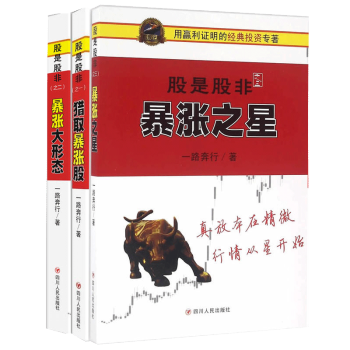
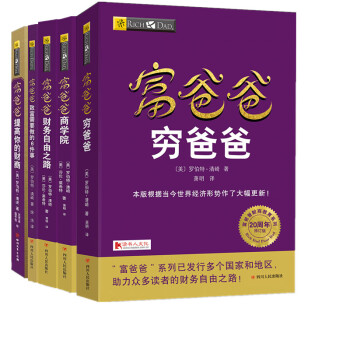
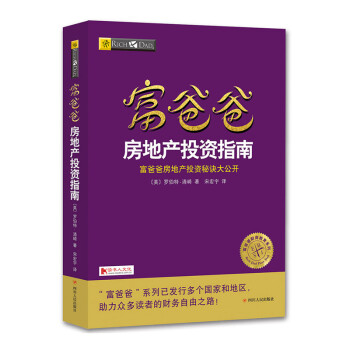
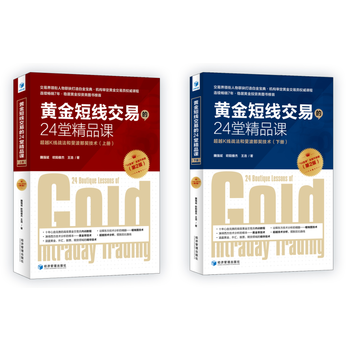
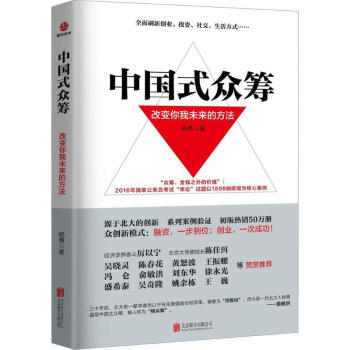

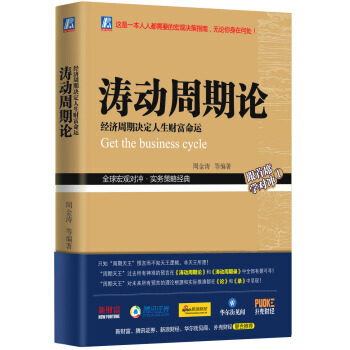
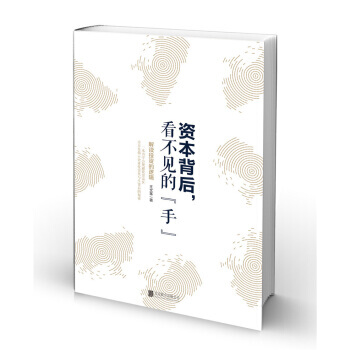
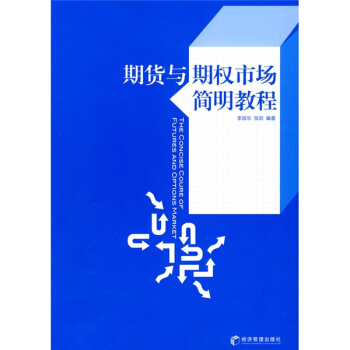
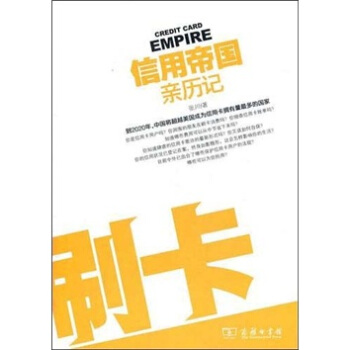
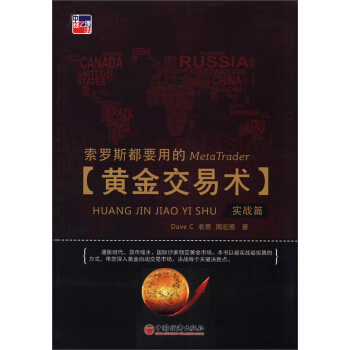
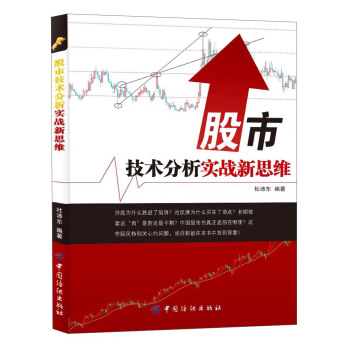
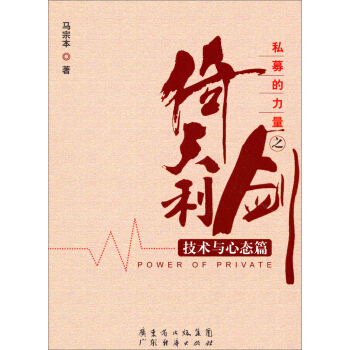
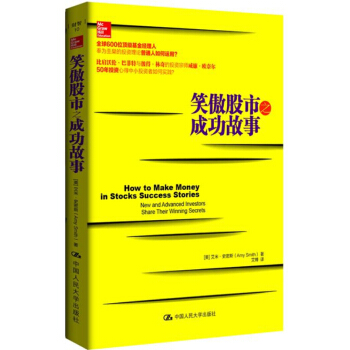
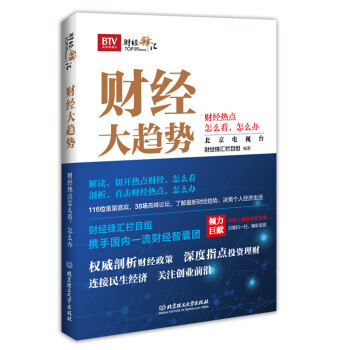
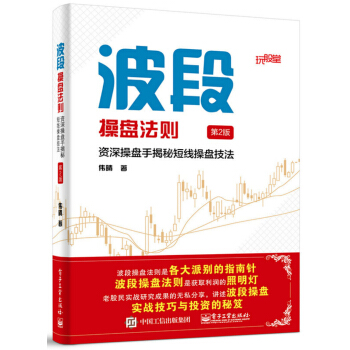
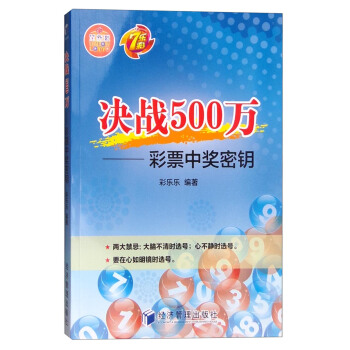
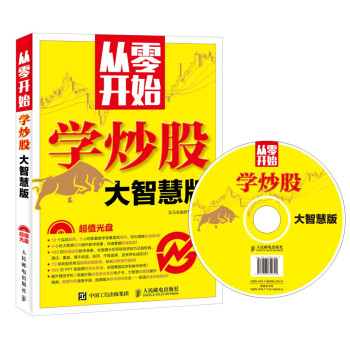

![大國信用:全球視野的中國社會信用體係 [Credit of Great Powers Global Vision of China's Society Credit System] pdf epub mobi 電子書 下載](https://pic.tinynews.org/12120592/58a6c50dN1159ddf3.jpg)